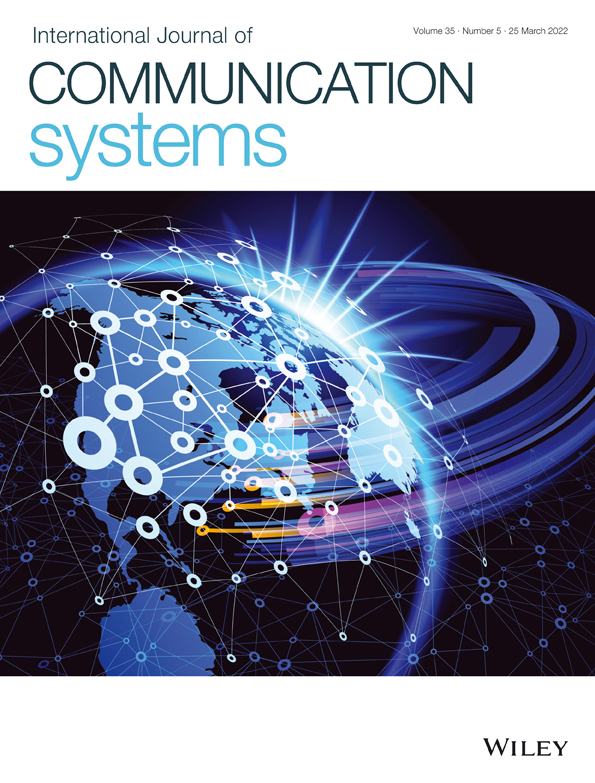Three-dimensional virtual VR technology in environmental art design
Funding information: Exploration of hybrid teaching mode of design course of celadon tea ware with the combination of "tea"; high-level cultivation project of Tourism college of Zhejiang, Grant/Award Number: 2020GCC05; porcelain" in Tourism college of Zhejiang in 2018, Grant/Award Number: 2019YB22
Summary
More and more diversified environmental art design, combined with advanced 3-D virtual virtual reality (VR) technology, has made great contributions to the development of modern display design. The purpose of this study is to use the combination of modern technology and traditional art to realize the cohesion of traditional environmental art and promote the economic and cultural development of the city and society. This experiment uses 3D virtual reality virtual technology, which usually takes the form of wearing glasses. There's a screen in front of your eyes. The sound can be transmitted via speakers or acoustics, so that people have an exciting feeling. The application of virtual reality technology to environmental art must follow three principles: the principle of truth in content, the principle of application in form and the principle of the quantity checked. Taking into account the virtual environment art projection function and the degree of user appreciation and referring to the virtual implementation method evaluation indicator in reality, five indices are also formed, such as degree of interaction, degree of photography, degree of function, degree of use, and degree of extension. The experimental results show that the weights of fast and accurate indexes are 0.74 and 0.36, respectively. Virtual interaction technology presents unlimited possibilities, breaks through the narrow nature of traditional display mode, opens up the current real exhibition development space, and provides new thinking for the design of environmental art.
Open Research
DATA AVAILABILITY STATEMENT
No data were used to support this study.




